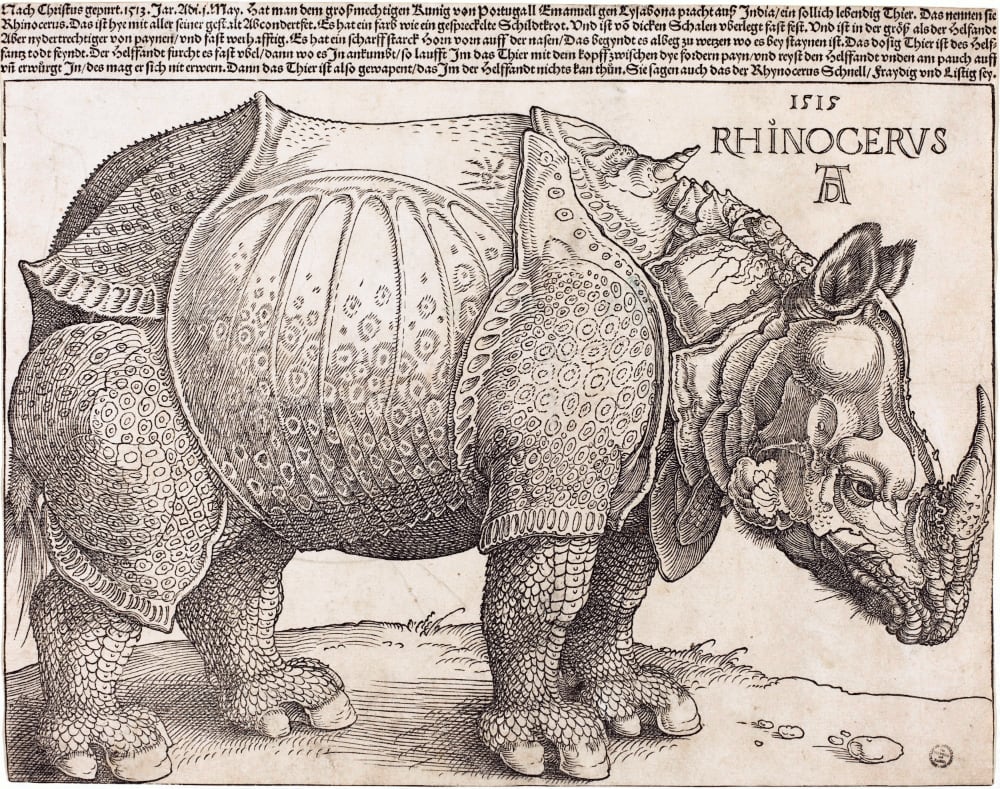There is the parable of the blind men and an elephant about searching and not understanding what you’ve found. Each man independently explores only a part of the animal and makes an incorrect assumption.
The first man fines the bristly tale and comes to the conclusion that it is a rope. The second climbs the back and says it is a cliff, the third finds the trunk and exclaims it is a snake. The fourth finds the elephant’s ears and thinks it’s a giant palm leaf. Each in turn only explores part of the elephant comes to an incorrect conclusion.
So what’s the take-away message? Are the blind men are dumb? No, they made good estimations based on what they felt. Where the error lies is in not sharing and combining their findings. Each had the hubris of assuming the others were wrong and they didn’t work together. The take-away message is to combine all the available information, weight it and then try to make an estimation of what the object might be with all the available knowledge. (Then update that model when new information appears!)
But what if they has no idea what an elephant was? How could they possibly put together all the available information and arrive at an elephant? Truthfully, they probably couldn’t, but they could arrive at a possible solution that it is something they’ve never seen before.
Each makes a wildly inaccurate prediction because they only have a tiny, localized portion of the overall object.
Exclude the impossible and what is left, however improbable, must be the truth
(The Fate of the Evangeline by A. Conan Doyle, 01885)

Today, we’re not discovering parts of an elephant are we? In our own way, yes. We deal a lot with technology and every year big tech companies have big events to show off their newest hardware creations. Apple, Google, Samsung and more all want to be market leaders with cutting edge technology. The problem is that the ecosystem is so big, it’s nearly impossible to break out of the chicken and egg cycle with a single announcement. So each year, the are laying tiny bits of ground work that we can see out in the open, but since we’ve never seen an ‘elephant’ before we misinterpret those signs.
For instance, AR/XR glasses, similar to a pair of reading or sun glasses, are definitely being developed. If we look back we can see technology companies investing in voice agents. Why? because they need to build devices without direct input (no keyboards, mice or touch). They invested in LIDAR, image recognition, camera OCR (Optical Character Recognition), text-to-speech and speech-to-text, language translation, maps, widgets, sensors and more.
Like those blind men, we gather information about each of these technology nuggets, but never combine them back into something bigger. We’re not very good at connecting the dots and “seeing” something we’ve never imagined before.
The trick is to make a good educated guess about where things are heading. Given the technology we have today, what’s coming down the pipes and read the ‘tea leaves’ of what those big companies are really pushing their developers to experiment with, can (potentially) give you a glimpse into the future. If you’re good at it, then you’ll be successful.
Don’t skate to where the puck is, skate to where it’s heading.
Stay ahead, look at the direction things are heading, and get their first. Use those weak signals to your advantage. You won’t be right all the time, but if you continue to take onboard more information, weight and refine you’ll get closer and closer to the target every time.